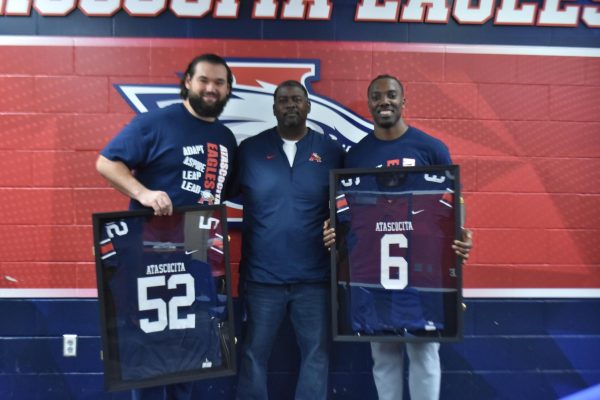Why are teens bad readers?
Teens today are more focused on social media and their smartphones. So what does this say about their reading? Today less than 20% of the United States teens read while the other 80% use their extra time on phones posting and texting on social media.
Generations before 2000 spent more time reading books and magazines and watching television while teens today spend more time online. Teens may have good hand-eye coordination due to video games but that doesn’t mean teens today need help getting off their phones and picking up a book.
Today’s teens normally stop reading by the age 12-13 which ironically is the age most teens were given cell phones which may have caused them to read less and less.
“I think people of all levels (children, teens, and adults) are weaker readers compared to older generations for a few reasons,” English teacher Sara Williams said. “First, there are a lot of distractions competing for our attention. It’s not just young people according to research from the Washington Post, reading across all age groups is dropping. Why? Well, we would rather passively scroll through TikTok or watch Netflix than actively engage in reading.”
Due to students finding no interest in reading, they have resorted to social media. Social media may have some reading but that does not mean that Generation Z and even other generations before them are paying attention to their phones rather than books.
“There is one more thing, I think, that is critically important to why students aren’t reading, “ Mrs. Williams said. “In addition to the distractions of technology and the lack of choice for students, I think the largest issue is that students aren’t seeing themselves reflected in the literature they are assigned. We typically read books by a lot of dead, white guys with outdated characters or situations.”
In school, Williams said that students learn thematic elements and human condition conversations but she is worried about the diversity in literature.
“Where is the representation for people of color, the LGBTQ+ community, people with different religious backgrounds, people with disabilities, etc.?” Williams said. “Teachers across the country are realizing that in order to capture the hearts and interests of students, we need to be promoting books with characters who look like the students we teach.”
Williams believes in order to get younger generations to read, authors need to write about things they are interested in. Teens today read and watch the news more often than they read books because it reflects what they are interested in.









